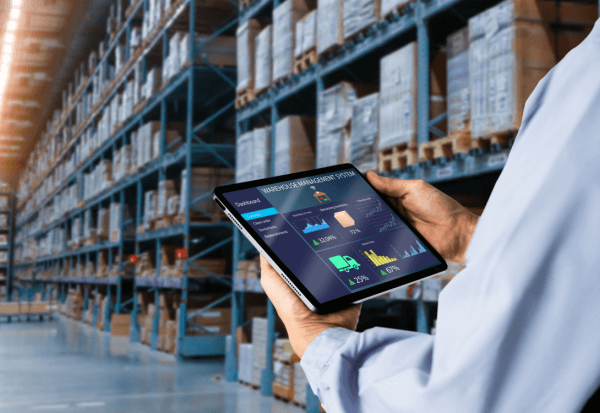Organisations today are dealing with manual, inefficient processes of auditing freight invoices. On an average, companies pay 7% to 10% more in freight expenses than they should, due to billing errors. With multiple invoice handoffs throughout the life cycle of an invoice, the effort that goes into auditing voluminous invoices on an ongoing basis consumes both time and money.
Freight invoices span multiple modes of transportation including air, ocean, road and rail, each of which have unique characteristics. Dealing with multiple pricing types and rates add to the complexity of approvals. Traditional methods of audit do not effectively capture insights from systems and sources across the enterprise and beyond. Sources of data include both centralised and structured data and extend to unstructured data available outside of the traditional environment which businesses are unable to tap effectively to get actionable insights.
Automation has been instrumental in enhancing business processes, saving costs, and optimising workflows across the world. It ensures that all possible chances of human errors are eliminated, and the process is completed as soon as possible with utmost precision.
Applications of Intelligent Automation in the Freight Audit process flow
Adopting Intelligent Automation across the Freight Audit value chain can bring about consistency and accuracy across the following areas:
- Duplicate Invoice and invoice error/mismatch
- Automation can detect and raise early stage alerts for duplicate invoices and do a risk assessment for vendors based on how often these issues are happening
- Complete spend coverage:
- Automatic Audit of 100% of spend, not a fraction, flag high-risk items for manual review
- Correctness of charges and classification:
- Accessorial: Ensure that any accessorial services (Services rendered by carriers in addition to transportation like crating, packing, and handling; storage, etc.) were received and discounts applied.
- Base Rate: Ensure the bill starts with the correct rate, whether it’s a negotiated or spot market rate.
- Classification: Ensure that freight is assigned to its proper National Motor Freight Classification and charged accordingly. Misclassification can cost millions in overcharges.
- Taxes/Fees: Ensure all state and local taxes, as well as customs fees, tariffs, and international taxes are applied as appropriate.
- Volume Discounts: RPA can validate invoices against contract terms for discounts, keep track of purchase volumes, flag an invoice for review when it does not comply with the price for the current volume.
- Invoice discrepancies: Double billing due to counting one shipment as two or using different options for invoice receipt and payment; the discrepancy between carrier and freight bill numbers
- Contract terms:
- Validate invoices against contract terms, use semantic analysis to understand the business context; trained ML models to look for discrepancies and non-compliant invoices
- Fraud elimination:
- Eliminate fake invoices, vendor impersonation and shell companies, unscrupulous practices
Drive efficiencies through Automation
An automated system driven by concepts of AI, ML and cognitive intelligence provides centralised information that can be accessed by all departments, improving internal communication, and facilitating collaboration across the enterprise through a single source of truth. This removes internal informational silos and ensures that all departments are looking at the same data simultaneously. Externally, communication is improved because stakeholders can access accurate data in real-time, affording them the ability to deal with problems as they arise, rather than waiting weeks or more for them to surface.
Automation can drive efficiencies by reducing errors in the overall enterprise. It also frees humans from mundane and manual tasks and allows teams to focus more on core business functions. As the industry continues to drive trends in freight audit towards adoption of intelligent automation through RPA and process orchestration, technology providers will continue to accelerate digitalization for customers through enhanced services that focus on new age technologies as solutions to business problems.

is Vice President, DBS and is responsible for strategizing, driving and delivering Digital outcomes to customers across key verticals including Retail, CPG and TTL. She has 20+ years of experience spanning multiple domains and works closely with Global Sales teams, Practice Heads, and Account Managers to lay the foundation for growth and build capabilities to broaden our footprint across the digital arena. During her career, Veena has worked across diverse functions including Consulting, Business Development, program management of large- scale engagements, digital transformation projects as well as architecting cutting edge business solutions across industries and service lines.








